No products in the cart.
April 16, 2025
Kathy is a creative soul. She describes herself – quite fittingly – as a word painter and literary dreamer. Writing has been a part of her life since childhood, but it was only a few years ago that she decided to share her stories with the world.
Beyond writing, she loves to immerse herself in the world of books, drawing inspiration from other authors. Her creativity also shines through in crafts, painting, and drawing – a true artist who brings her imagination to life in many forms.
What’s your name?
My name is Kathy Henkel (Bieker), and yes, Kathy really is my official, registered name. 😉
Where do you live?
I live in the northern Ruhr area, near the border of Münsterland.
What kind of art/creativity do you primarily focus on?
I’m quite versatile and love experimenting with all sorts of creative techniques, from hand lettering and various crafts to photography. However, the two threads that run consistently through my creative work are writing and drawing/painting. I've been trying to focus more on writing lately, but every now and then, my hands need to shape something other than words on paper—otherwise, I feel like something’s missing.
Have you completed formal training, or are you self-taught?
I’m entirely self-taught in all areas, mostly learning from books. However, to build a solid writing toolkit, I’m currently taking a fiction writing course.
Where can people find your work? Do you have a website or social media profiles you’d like to share?
My author website is kathy-bieker.de. You can also find my other creative work on Instagram @kathypsilon_amdranamseinamtun and/or Facebook Kathypsilon.
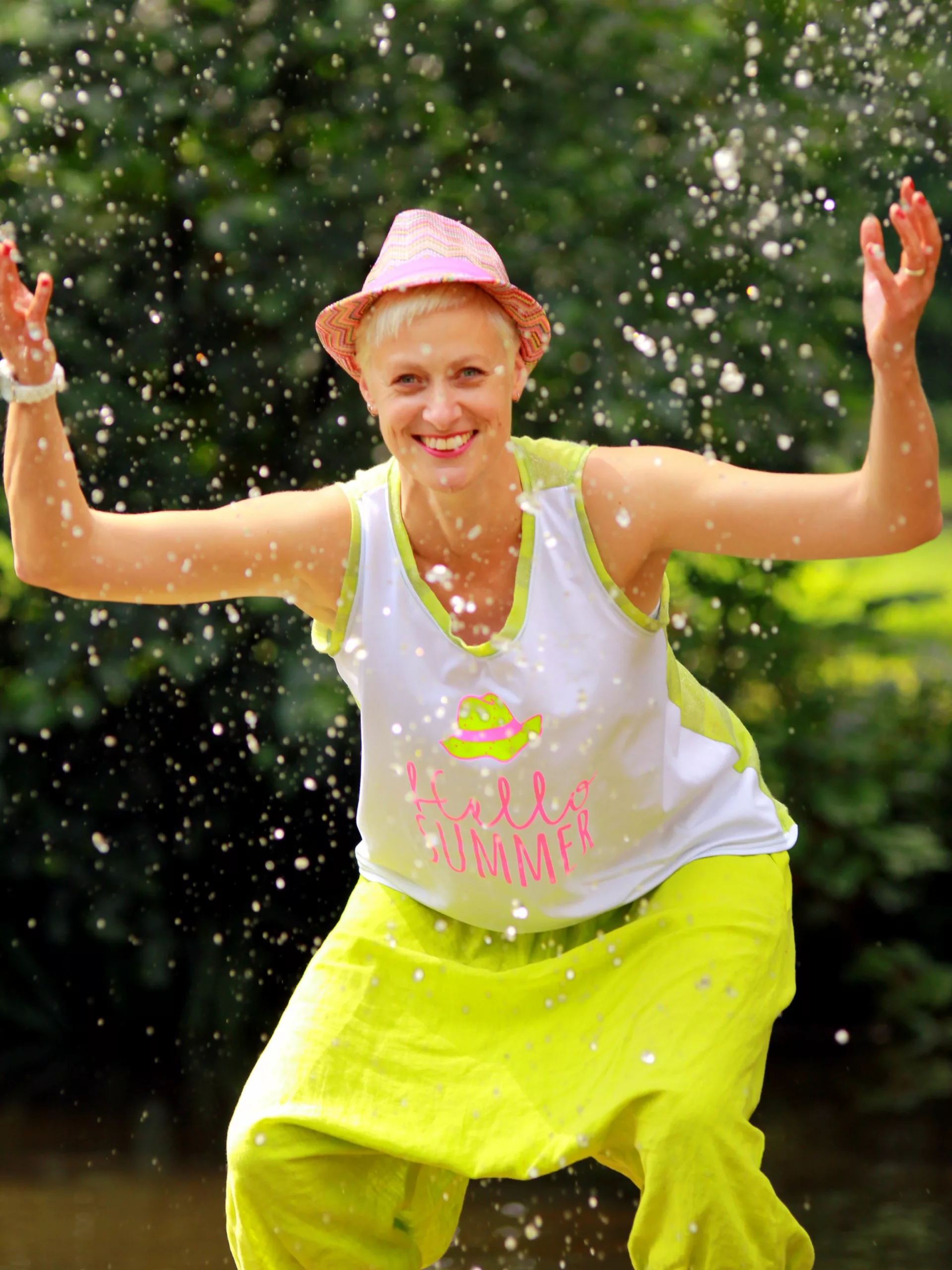
Kathy Henkel
It’s hard to pinpoint a single moment in retrospect. I was fascinated by letters from a very young age. My parents say I taught myself to read when I was four and surprised them one morning by reading from the newspaper lying in front of my father—upside down. I believe my fascination with language, words, and the power of text stems from my parents reading to me every evening. Not just children's books and fairy tales, but also myths and legends, like stories from Greek mythology. I remember feeling completely drawn in, even when I already knew the stories by heart.
My father also loved sharing stories from his own childhood, which felt worlds apart from my own experiences, and I found that incredibly captivating.
Drawing and painting became important during my teenage years when I started searching for other ways, beyond words, to express my emotions.
I suppose that’s why I’m creative—to quiet the noise inside me.
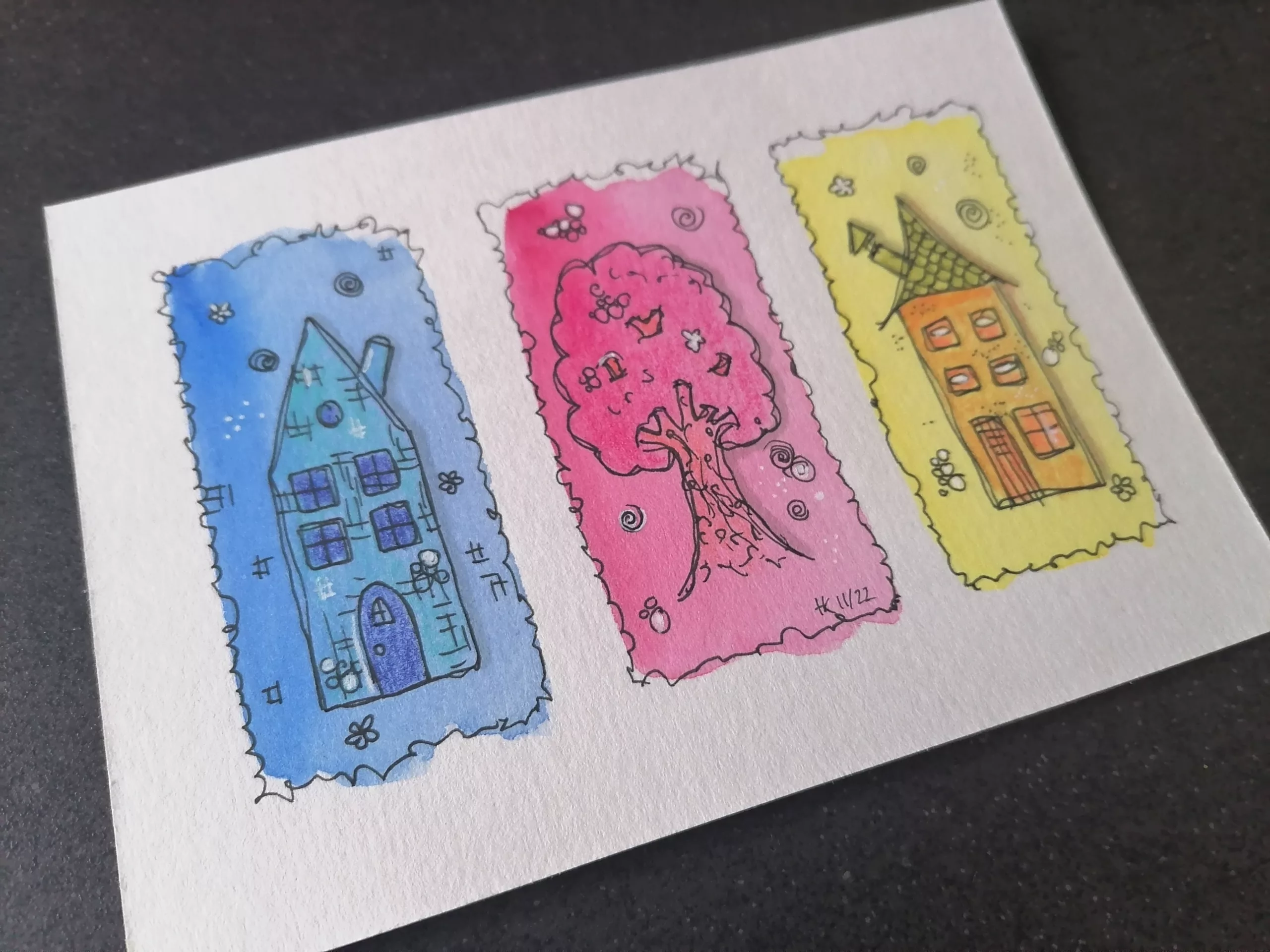
Illustrations
One day it might be people, the next a snippet of conversation, a quote, a newspaper clipping, or music. Honestly, it’s everything around me—but not always the same things.
What I’m still working on is learning to quiet my mind and silence my inner critic. That voice often gets in the way, and when it does, those shy little sparks of inspiration tend to disappear again.
I enjoy the writing styles of Stephen King and Tad Williams, but also Gaby Hauptmann, Ildikó von Kürthy, and Susan Elizabeth Phillips, to name just a few. My literary taste leans toward contemporary works—I struggle to connect with many of the highly praised classics. Whether these authors have directly influenced me, I’m not sure. It probably happens subconsciously.
In fantasy, it’s the powerful imagery that fascinates me, while in so-called women’s fiction—a term I personally associate with positive storytelling—I appreciate the humour and the promise of a happy ending. These are elements I often aim to reflect in my writing.
If my writing style were an art era, it would probably be more Baroque than Minimalism.
For writing, I use my laptop and an external keyboard. However, when it comes to clustering ideas or freewriting, I prefer a pencil and notebook—somehow, my thoughts flow more naturally on paper than on a screen.
Short stories often emerge in a single writing session. Afterward, I let the text rest for a few days to gain some distance.
Next comes the fine-tuning. I read the piece out loud, sometimes even recording myself, to check the flow, word choice, and sentence structure. Quite a bit of editing happens during this phase.
I’m generally more of a spontaneous writer who just dives in rather than planning everything out. However, I’ve realized this approach wasn’t working for my novel project. So, I’ve gone back to the drawing board, developing a proper structure: character profiles, a plot outline, world-building with maps, hero development, and even the creation of a mythology. A lot happens behind the scenes before a single chapter is written, and it still surprises me when the story suddenly takes an unexpected turn during this process.
Since I experiment so much beyond writing and have gathered a lot of materials, I often sit in my creative space, going through boxes and shelves, picking up different papers or fabrics, laying out colour samples—just trying to sense if something resonates and sparks an idea. Though, to be honest, sometimes it just ends with me enjoying the textures of the paper.
A detective addicted to minced meat rolls, a riverboat captain on his way to a Christmas celebration with his family, and a down-on-her-luck photojournalist stuck in the middle of nowhere—sometimes humorous, sometimes quirky, sometimes thought-provoking, the author shares stories drawn from life.
And the lingering question remains: Will Rose pet the seal?
(In German only)
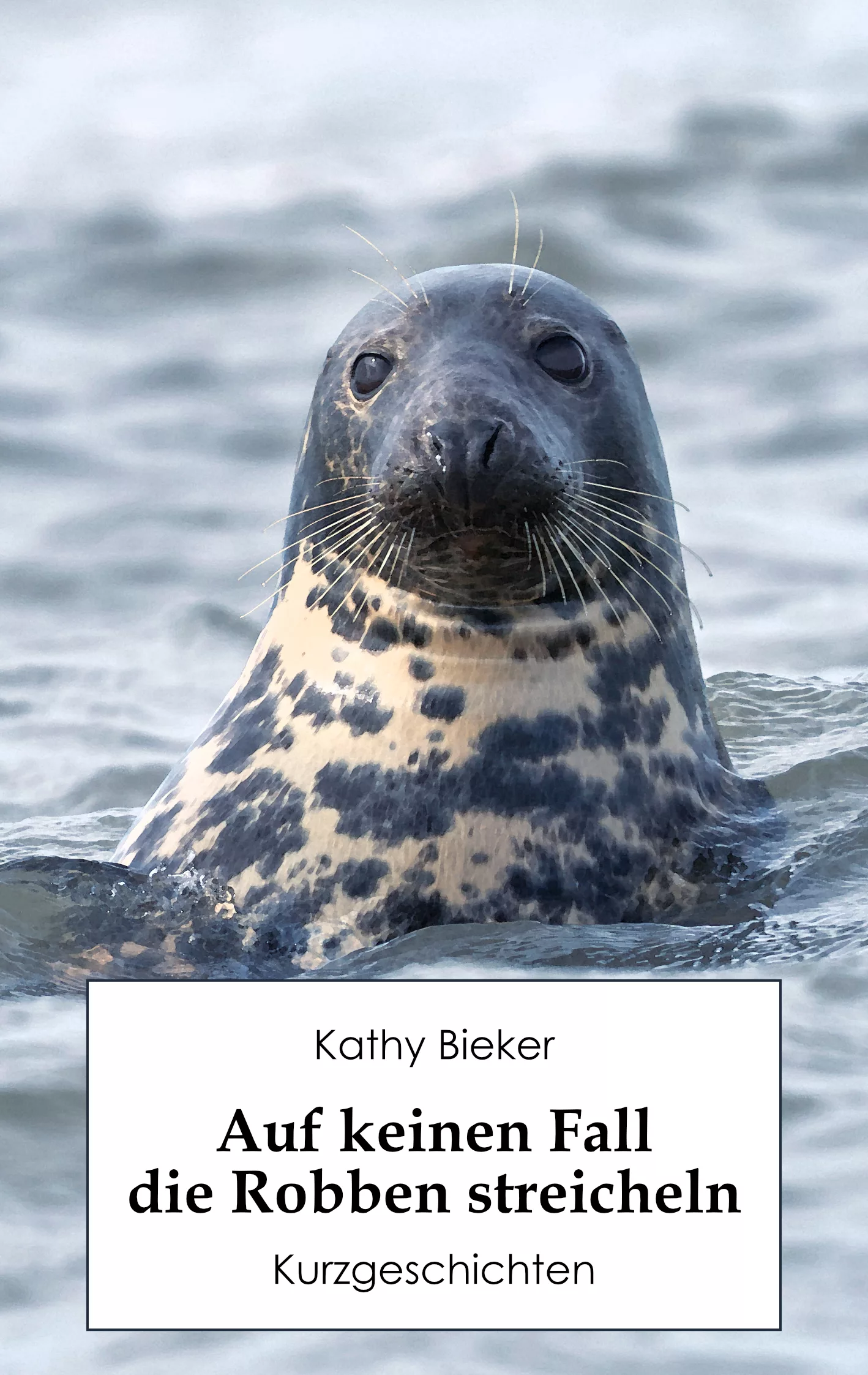
There are several, each for different reasons, and my answer today might be different from tomorrow’s.
One deeply personal work, and at the same time my first writing success, is my prose piece Mein Weg. It was selected for publication in 2023 as part of an anthology on the topic of depression. Sharing this text with the world took a lot of courage, making it a significant step in my personal growth. Having it chosen for publication gave me an incredible sense of affirmation along my path.
From a purely technical standpoint, my favourite piece is an elephant I burned onto a wooden breakfast board using a pyrography pen. That work still brings me both joy and disbelief. If someone showed me a piece like that and asked if I could create something similar, I’d probably say no.
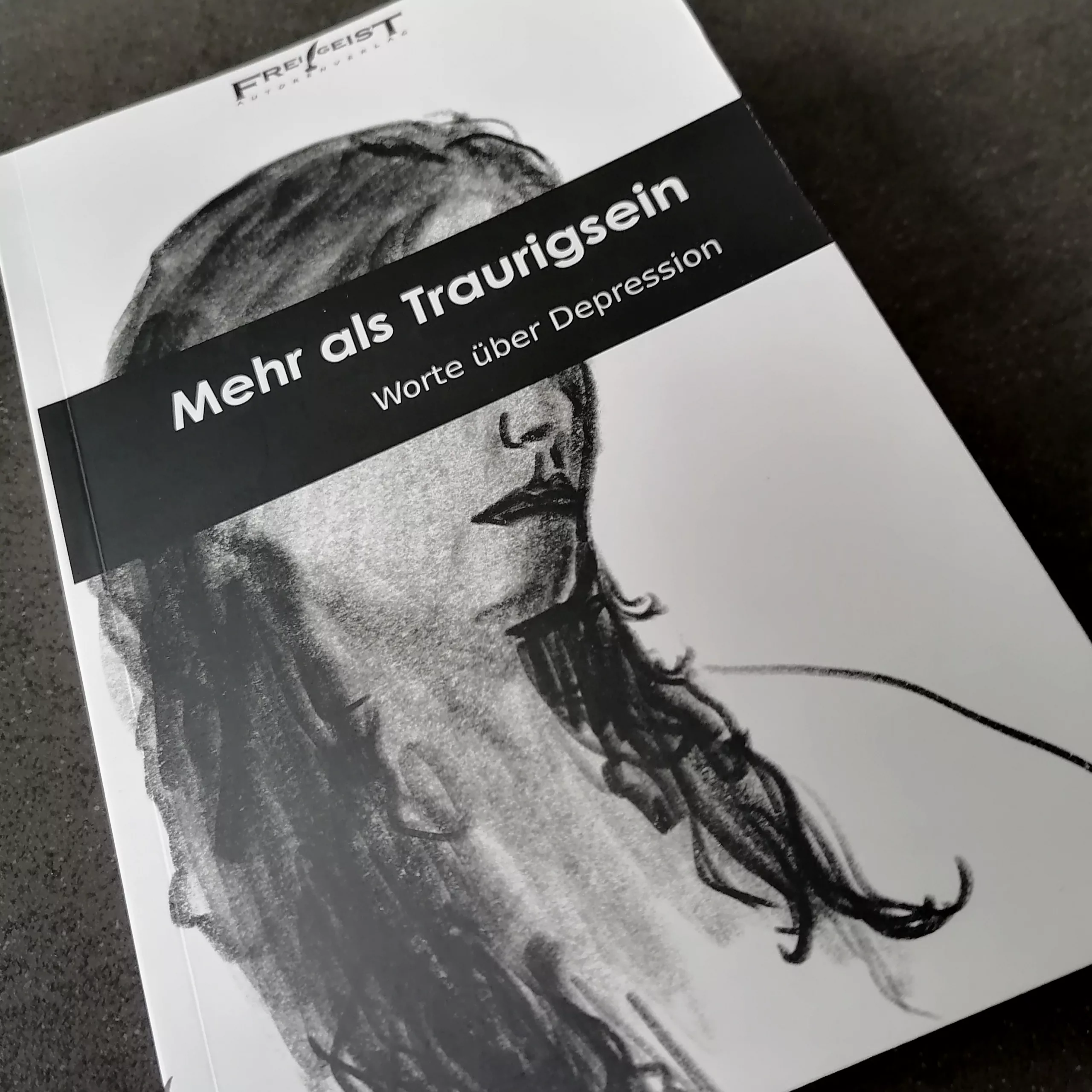
Anthologie
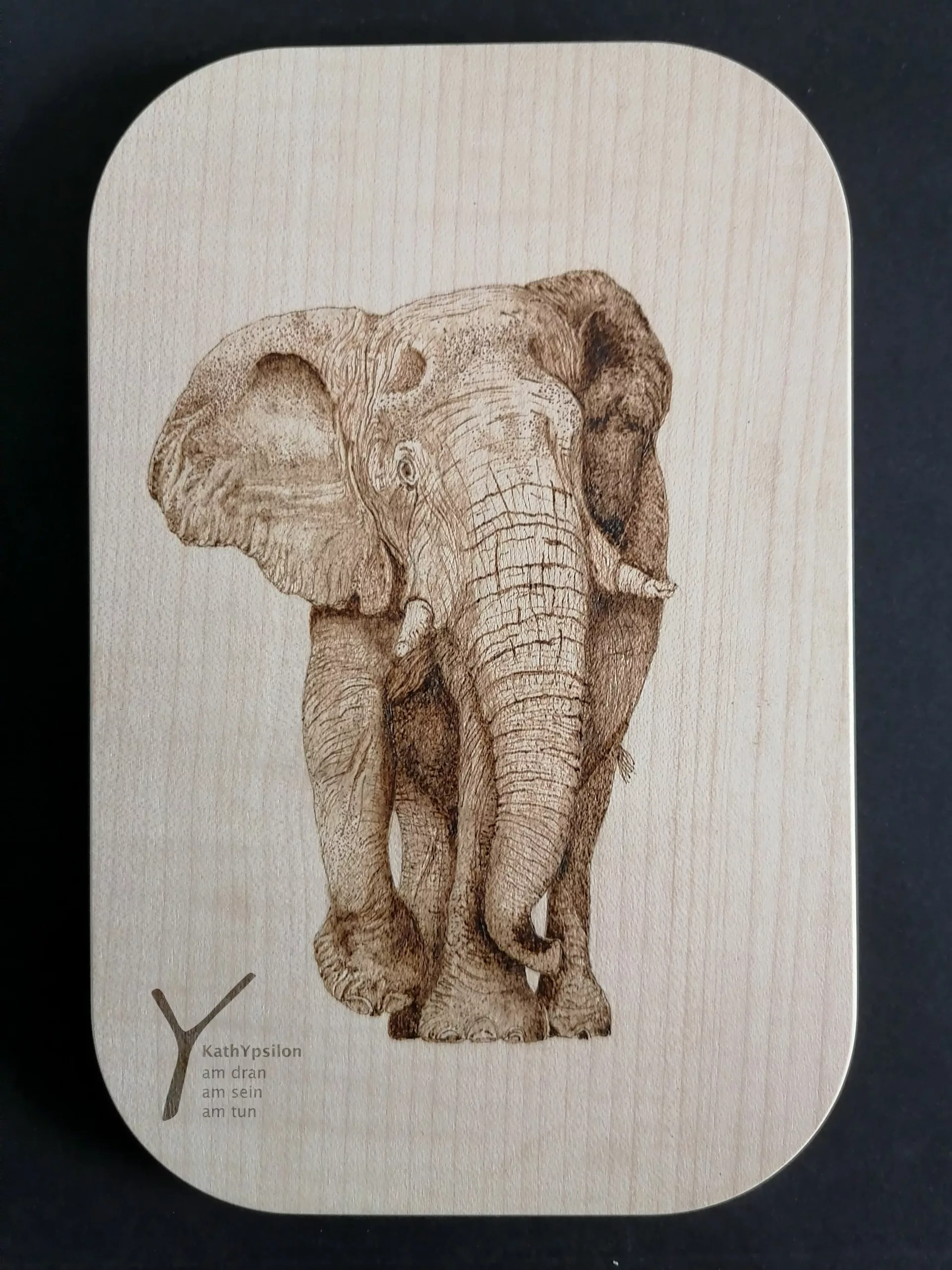
Brandmalerei
Accepting myself as a creative person in all my diversity. I've always enjoyed the things I do, but for a long time, I wished I could find the one thing that would fulfill me permanently. Realizing—and accepting—that this very diversity defines me and that I don't need to limit myself has been a long journey and remains an ongoing process. After all, the phrase Jack of all trades doesn’t exactly have a positive connotation in our language.
There are still moments when I wish I could achieve mastery in a single field simply through consistency.
But I’ve moved away from seeing myself as a general dilettante and have instead embraced the idea of being multi-talented.
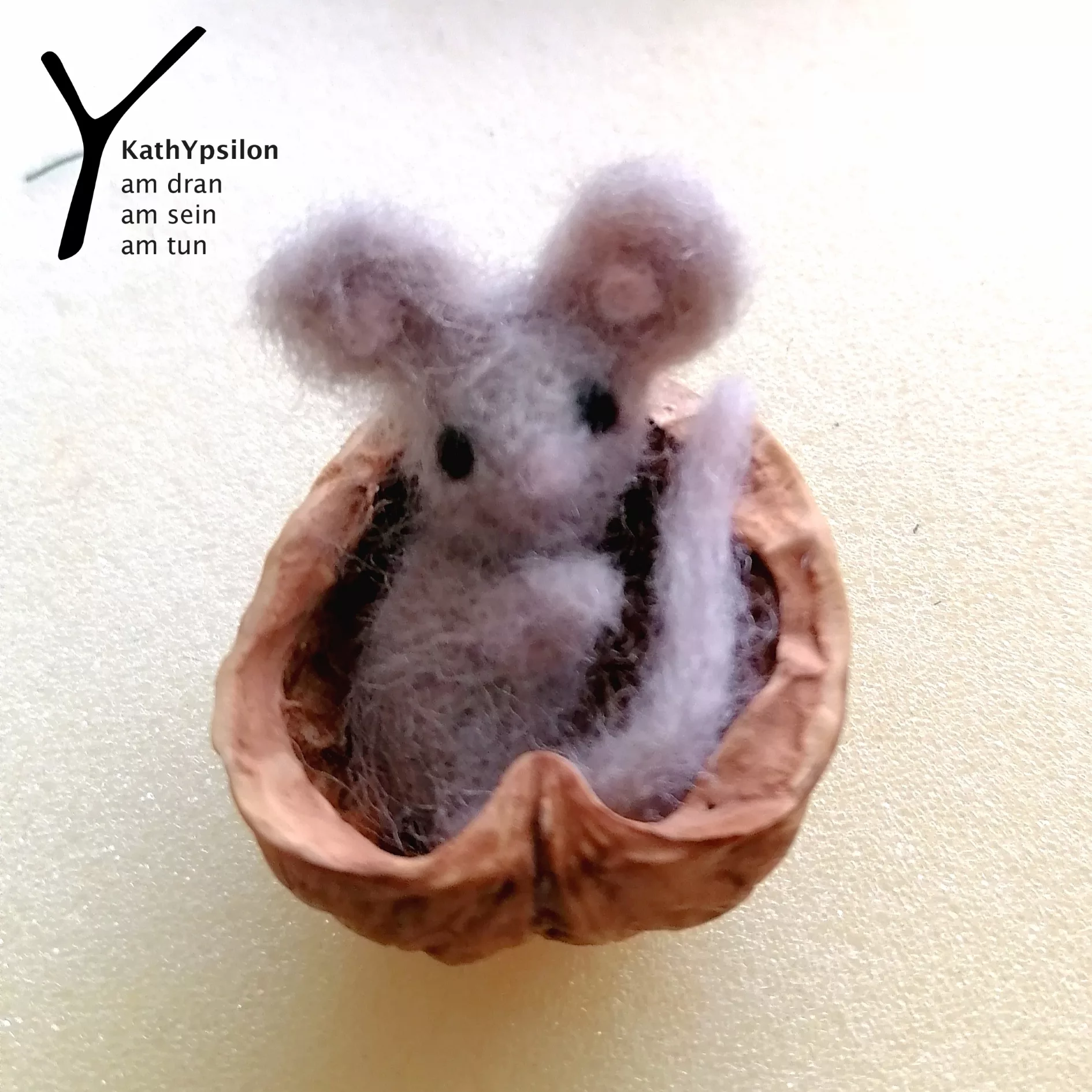
Felting
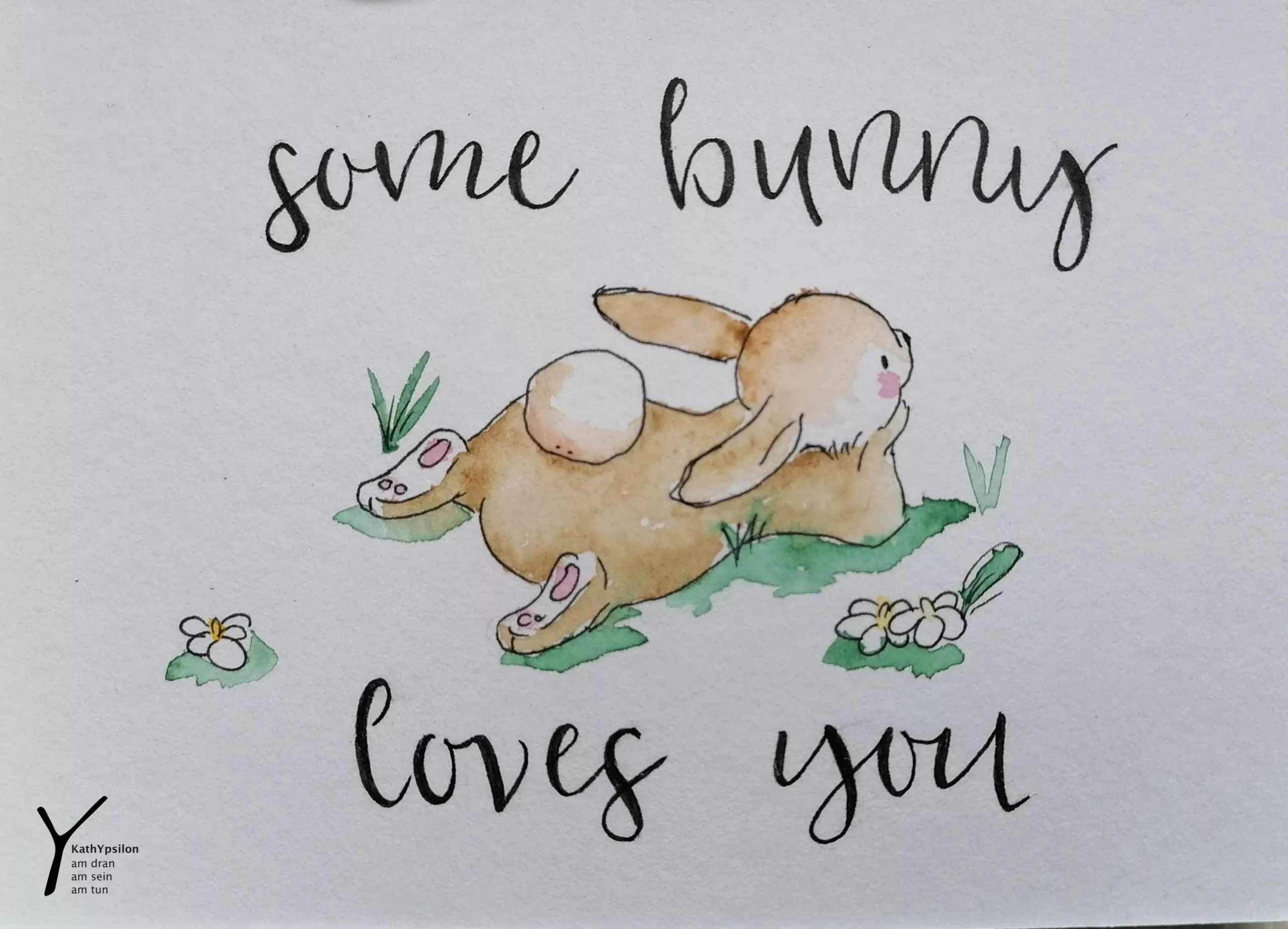
Lettering
Very important, though I must admit my experience in this area is somewhat limited. However, where I do engage with others, it has become a vital part of my creative identity. The creative community, in particular, has become a significant space for me.
When I talk to people who aren’t involved in creative fields, I often get a brief expression of admiration—or just indifference—before the conversation shifts to other topics. Among fellow creatives, though, there’s a different kind of energy. It feels good to realize that having a whirlwind of ideas in your head can be something beautiful.
For me, the act of creating something is far more important than consuming art. Though, of course, that quickly raises the question of how one personally defines art.
I often struggle to call what I do art. But no matter what you name it, it’s essential to me. I went through several intense years when I completely lost touch with my creativity, and it was deeply unhealthy. I hope that never happens again. Creativity has become a kind of release for me—sometimes, you just need to let off steam to ease the pressure.
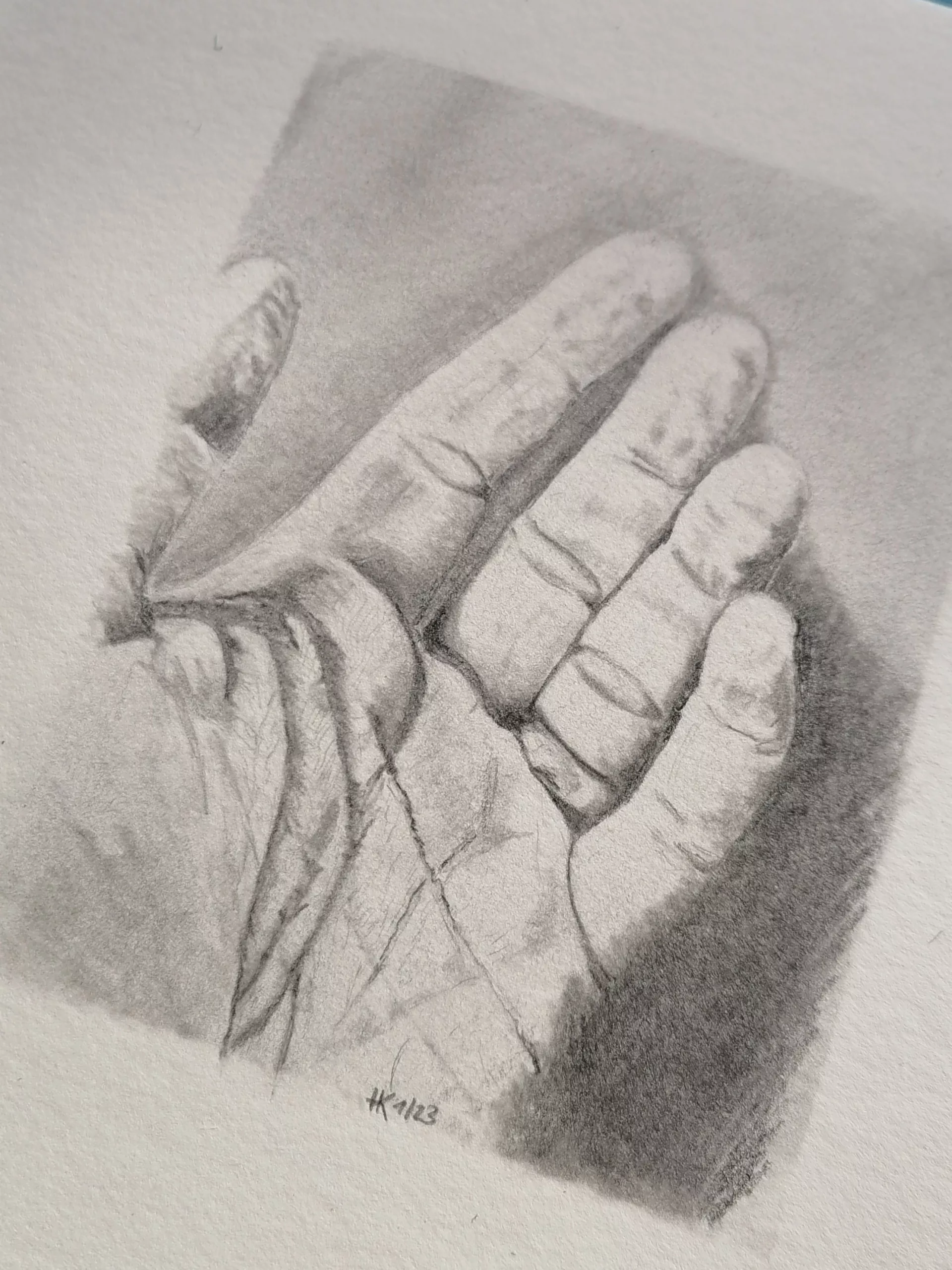
Working hand
Art has the freedom to entertain and provoke, to be sentimental, dramatic, or even trivial, simple or complex, thought-provoking, impressive, or even unsettling. It’s part of cultural identity, capable of conveying political messages, sparking change, or simply just beautifying our surroundings and enriching everyday life.
In some way, art should create emotional interaction.
With that in mind, artists can be seen as emotional connectors, cultural ambassadors, critics, innovators, therapists, educators, or entertainers.
I've never really thought about it that way. I create because I want to learn, to explore—because it makes me feel good, satisfies a creative hunger, and fulfills me.
Of course, I’m happy when my work is seen and appreciated, and I’d be lying if I said I didn’t care about having readers for my stories or hearing someone say they enjoy my work. But I also create a lot just for myself, for the drawer, because often it’s really about the process.
In that sense, it’s not my art itself that carries a message but rather my creative practice as a whole: Do your thing. Believe in yourself. Listen to your instincts. Respect your own needs—even, and especially, when others don’t.
Handcrafted and photographed by Kathy Henkel
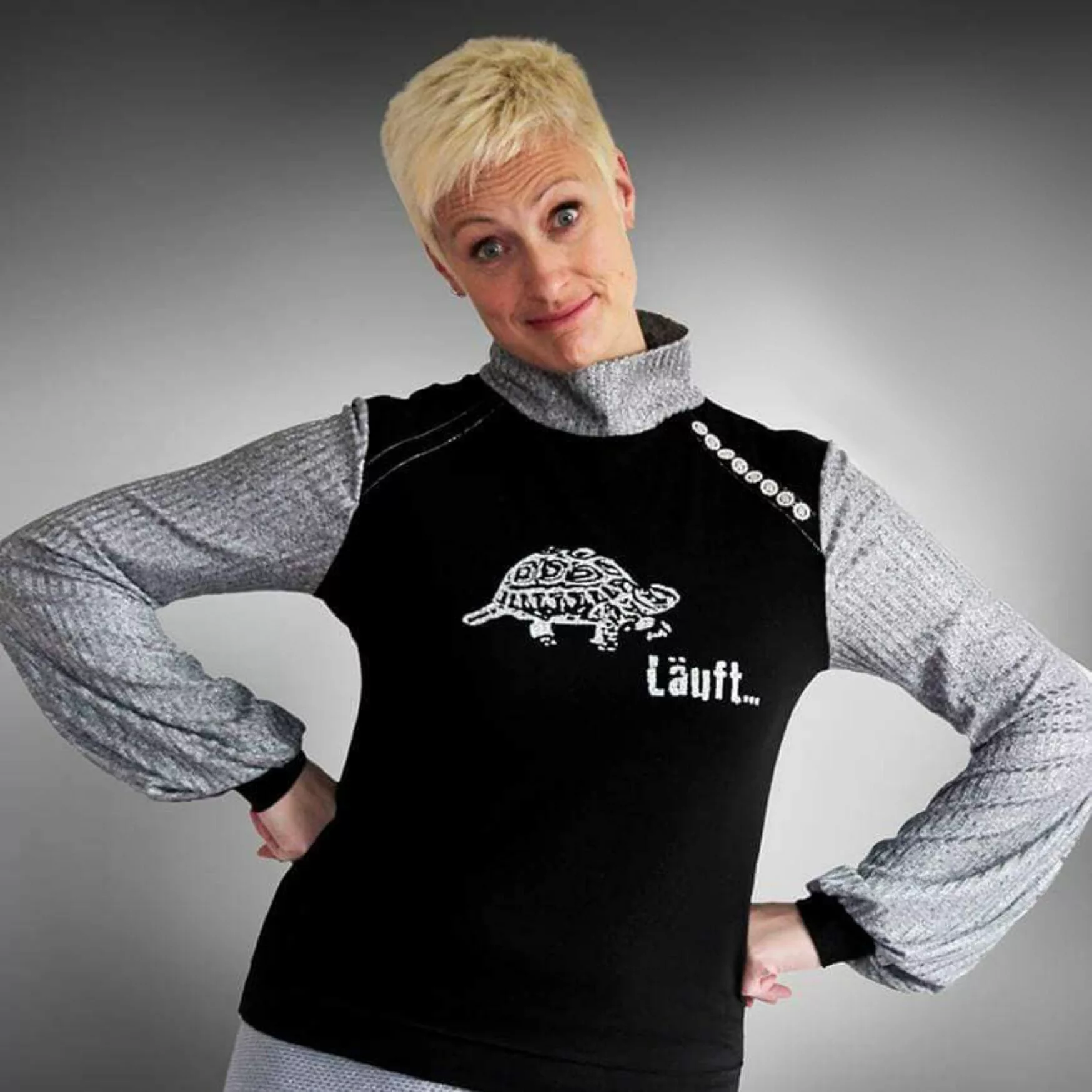
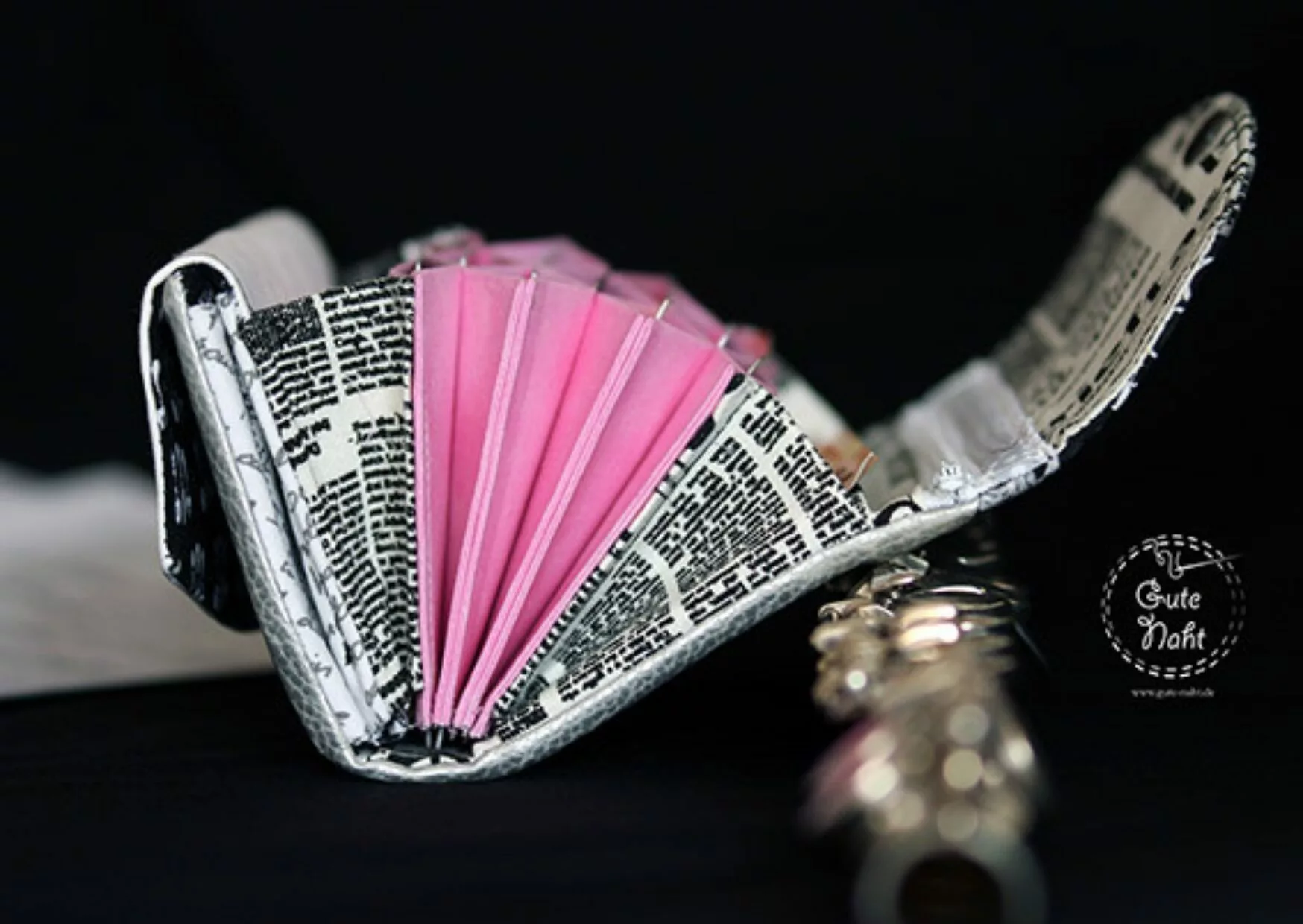
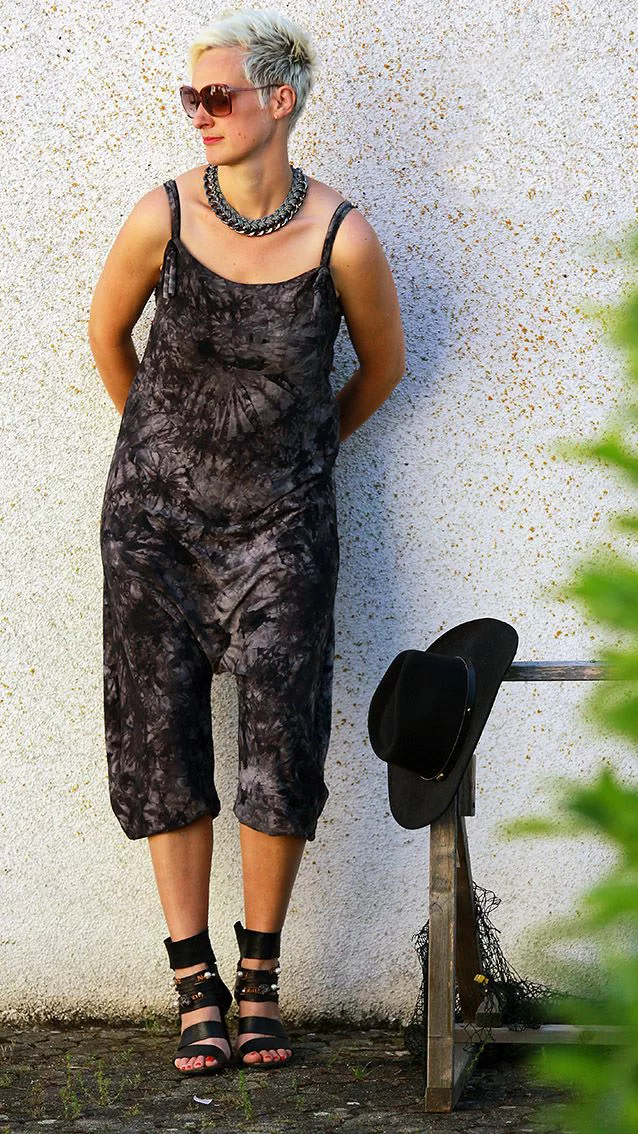
Thank you, Kathy!
If you're an artist or creative, whether in painting, music, literature, or any other form of art, and feel like sharing your work and creative process, I'd love to hear from you.
I'm excited to showcase the diversity of creative expression in my interview series and to explore your perspectives and experiences.
Join the newsletter now
and not miss a thing
Get exclusive insights into my creative processes, learn the stories behind my artwork
and receive invitations to my exhibitions and events.
To say thank you, I'll give you 10% off your first purchase.